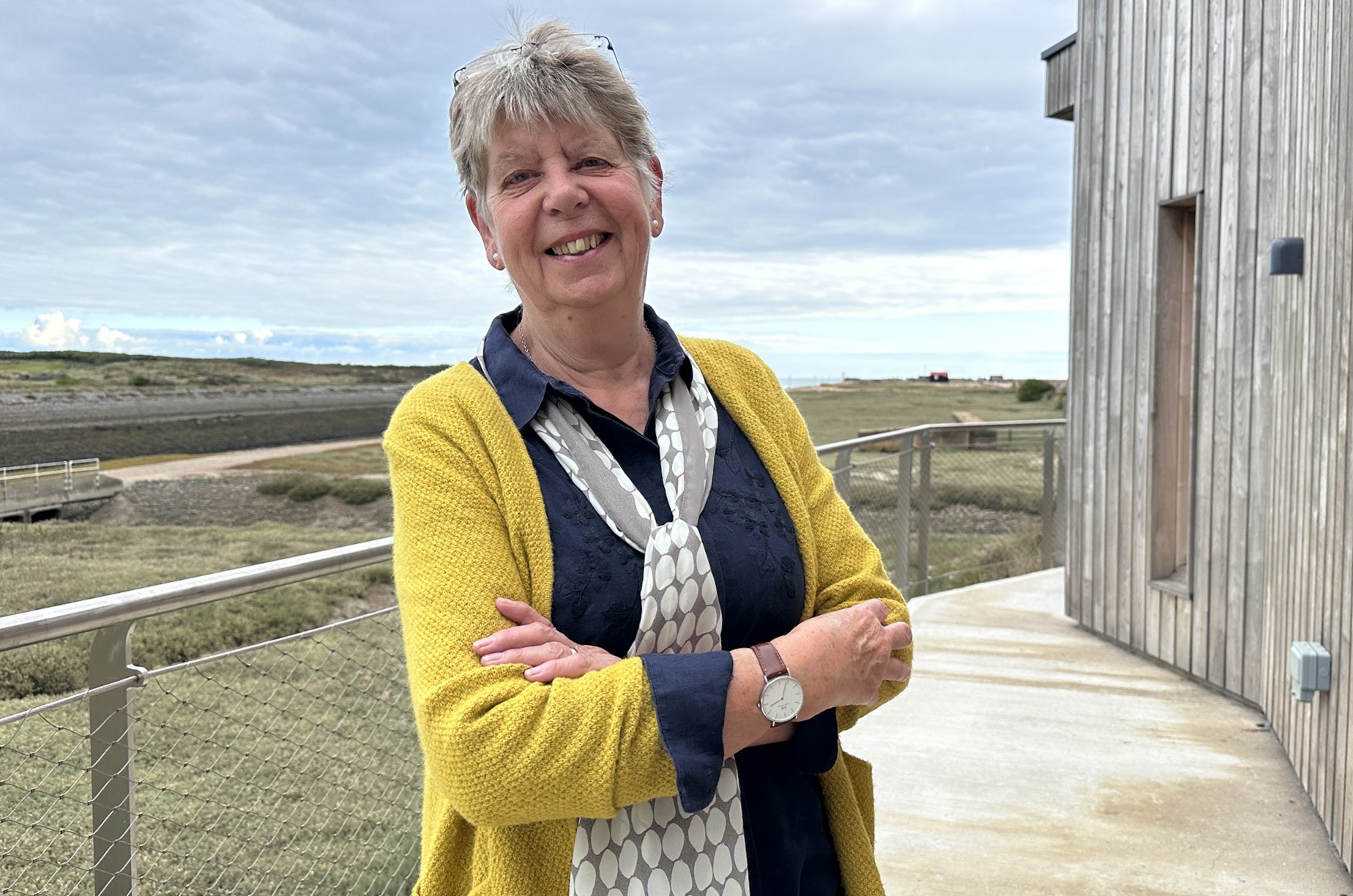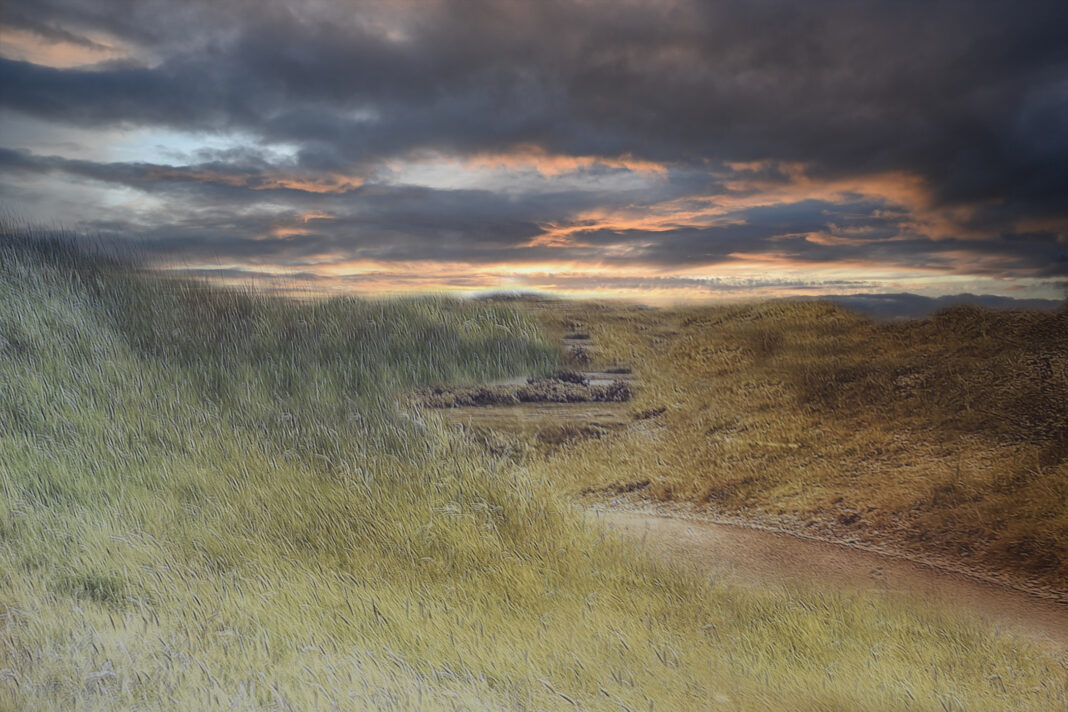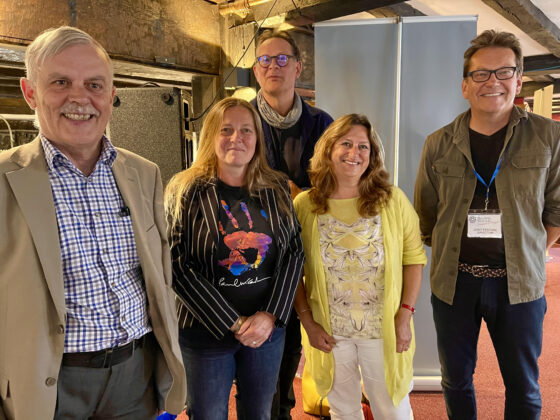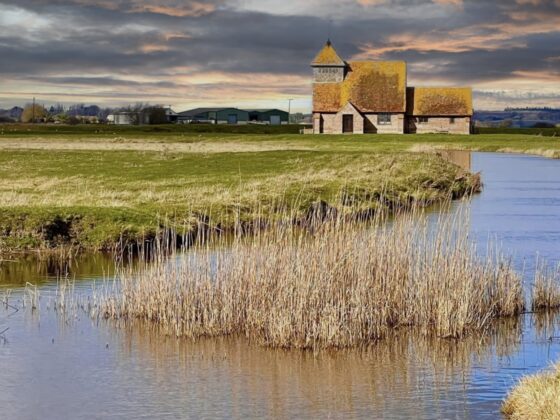Martin Edwards’s latest novel, Sepulchre Street, the fourth in the Rachel Savernake series, was published on May 11, 2023.
“I want you to solve my murder,” said the woman in white.
Rachel Savernake gave a sardonic smile. “Quite a challenge.”
“Rumour has it you seldom refuse a dare.”
The search for answers leads Rachel to Rye and the bleak Romney Marsh. As with the earlier books in the series, crime reporter Jacob Flint assists her.
Martin has published twenty-three novels. He has received two Edgar awards and two Macavity awards.
What drew you to make Rye and Romney Marsh a setting for your novel?
Romney Marsh has come to fascinate me, yet five years ago I had never set foot there. The turning point came the first time I was invited to take part in the Rye Arts Festival. I spent a few days touring the area and discovered the Marsh. Its eerie quality made a great impression on me and a couple of years later I was invited back to the festival, which gave me a chance to explore further. I was very taken by Rye itself and decided it should become a key setting for the fourth novel in my Rachel Savernake series, Sepulchre Street. It wasn’t long before I figured out how to weave Romney Marsh into the story as well.
The novel is set in 1931 and the storyline required scenes in a remote rural area where strange goings-on might remain undetected. The Marsh seemed to fit the bill admirably, a view reinforced once I read Russell Thorndyke’s famous smuggling novel set just over the Kent border, Doctor Syn. I was lucky enough to lay my hands on a first edition which Thorndyke inscribed with a line taken from a rhyme that appears from the novel:
“Here’s to the feet wot have walked the plank –
Yo-ho for the dead man’s throttle!
And here’s to the corpses afloat in the tank
And the dead man’s teeth in the bottle.”
In a hat-tip to Thorndyke, I included the rhyme in Sepulchre Street along with a scene set at a fictitious pub called The Owlers, inspired by the ‘owling’, or smuggling, of sheep and wool, which was prevalent on the Marsh for many years. My research visits gave me a sense of the atmosphere of the place, which was invaluable and indeed indispensable; however, there is a limit to how much one can learn from relatively short research trips. As I worked on my manuscript I needed more background information about the area. As well as reading books such as Leo Bruce’s Death on Romney Marsh, I trawled the internet and found interesting material about the ‘lost villages’ of the Marsh that helped me to invent a hamlet where bad things happen.
What do you think is one of the key elements in writing gripping stories?
Even in a work of fiction, I believe that careful research helps an author to create a more convincing storyline. If the events of the book are melodramatic or outlandish – and Rachel Savernake specialises in solving bizarre mysteries – it is all the more important for the characters and settings to have a touch of authenticity. Because the series is set at the time of “the golden age of detective fiction”, accurate historical research is crucial. But place is a key ingredient of my stories, just like people and plot, so I consulted a wide range of people who were able to help me ground the events of the narrative in a recognisable reality.
Who helped you with your research?
For geographical information, I discussed aspects of the story with John Case, who was at the time the director of the Rye Arts Festival. In addition to advising me on the local geography and history, he supplied helpful information from Walter JC Murray’s book Romney Marsh and also introduced me to Dr Pat Agar, who writes, lectures, and blogs about the Marsh. Pat too read the manuscript and her comments saved me from a number of errors and the maps and photographs she sent to me helped to enhance my understanding of the Marsh.

The generosity of people such as John and Pat is of great benefit to a writer and also to one’s readers. My hope is that by evoking the Marsh vividly I’ll encourage many of them to follow in Rachel Savernake’s footsteps and explore this remarkable part of England – truly “the fifth continent”!’
John Case told me: “I’m delighted to see the publication of Sepulchre Street. Martin is a good friend to the Rye Arts Festival, and I well remember suggesting to Martin that he should explore Romney Marsh and take a trip on the little Romney Hythe and Dymchurch Railway and visit the crypt of St Leonard’s Church in Hythe, famous for containing over 1,000 skulls. I like to think that this gave Martin the idea for the title of his new book!
“Romney Marsh has a rich and varied literary heritage, as indeed does Rye and so it was a pleasure to have some involvement in the latest edition to this heritage and to play a small part in the gestation of Sepulchre Street, written by one of our very best crime writers. Hopefully, the festival will run another crime day in 2024 and we will have the pleasure of welcoming Martin back to Rye.”
Image Credits: Kt bruce , Rye Arts Festival archives .





